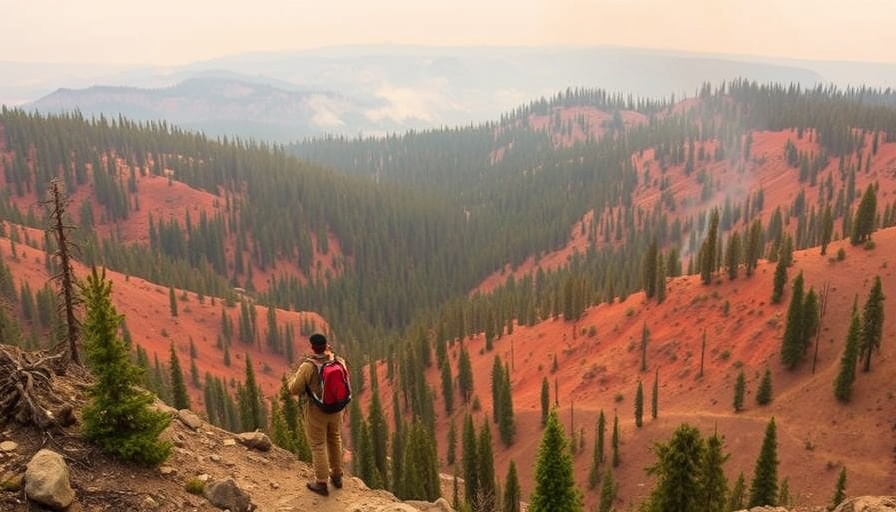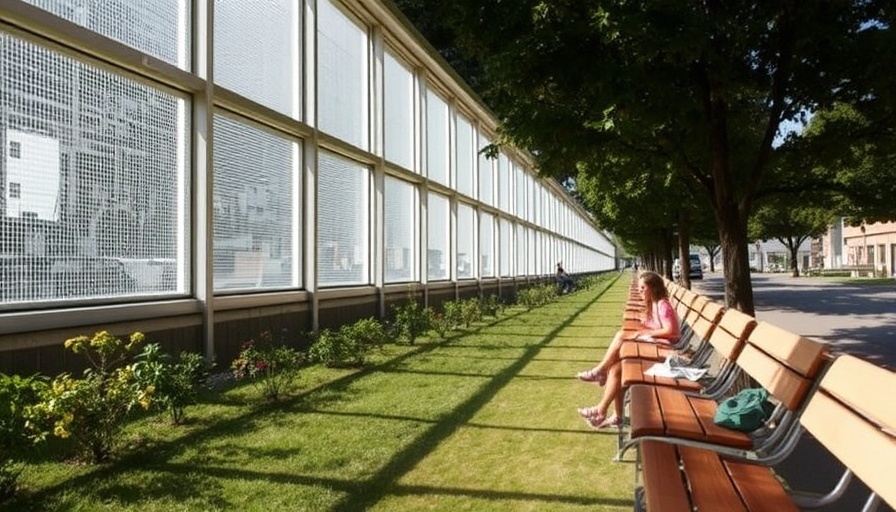
Wildfires Rage Across National Parks: A Dire Situation
The wildfires engulfing Arizona’s Grand Canyon and Colorado’s Black Canyon National Park are a stark reminder of the increasingly volatile climate we face. As soaring temperatures and low humidity exacerbate the blazes, evacuations have become a necessity for visitor safety. Reports indicate evacuation orders were issued as conditions deteriorated, with over 1,640 acres burned at South Rim alone.
Why Are These Fires Becoming More Frequent?
One of the underlying factors driving these wildfires is the relentless heat gripping the region, with the Grand Canyon experiencing dangerously high temperatures, expected to reach up to 115°F. According to the National Interagency Fire Center (NIFC), the current season is characterized by unprecedented fire activity across the American West. With 11 states grappling with ongoing blazes, the situation is an alert to the growing impact of climate change.
The Human Cost of Wildfires: Evacuations and Preparedness
The evacuation of Black Canyon and the North Rim of the Grand Canyon illustrates the real-life implications of these natural disasters. Both visitors and staff were urged to leave rapidly as fire both on Bureau of Land Management land and national park property began encroaching on populated areas. For families, this raises the question of how best to ensure safety while enjoying the great outdoors during summer.
Becoming Responsible Outdoor Recreationists: What Can We Do?
As outdoor enthusiasts flock to national parks during such times, NIFC emphasizes the critical need for responsible recreation. Campfires, stoves, and vehicle exhaust can turn into potential ignition sources, making caution paramount. Understanding your impact is vital as it not only ensures your safety but also preserves the majestic landscapes we cherish.
A Community at Risk: Local Impacts Beyond the Parks
Beyond the parks, residents in nearby communities like Montrose County face ongoing threats from these wildfires. While they weren’t immediately evacuated, officials have urged them to prepare for a worsening scenario. This highlights the interconnectedness of ecological safety and community well-being—what happens in the parks can affect daily lives miles away.
Expert Opinions: What Are Analysts Saying?
Experts stress that the U.S. is currently woefully underprepared for a robust wildfire season. As fire activity increases and resources become strained—with more than 11,400 firefighters deployed—the need for systematic changes in preparedness has never been more urgent. Community leaders and environmental advocates are calling for improved communication networks and resource allocation for firefighting efforts.
The Future of Wildfires: Predicting Trends
Climate experts indicate that if current trends persist, wildfires will become more frequent and severe, further endangering both natural habitats and human settlements. This underscores the necessity for actions against climate change and the safeguarding of our forests and parks.
What You Can Do: Staying Informed and Prepared
If you’re planning to visit national parks this summer, stay updated on fire conditions and heed evacuation orders. Keeping a family emergency plan in place seems wise, especially in high-risk areas. Moreover, engage with conservation efforts that address climate change impacts on our beloved national parks.
In these time of severe challenges posed by wildfires, let’s cherish the outdoor spaces while ensuring we act responsibly—and prepare wisely.
 Add Row
Add Row  Add
Add 





Write A Comment